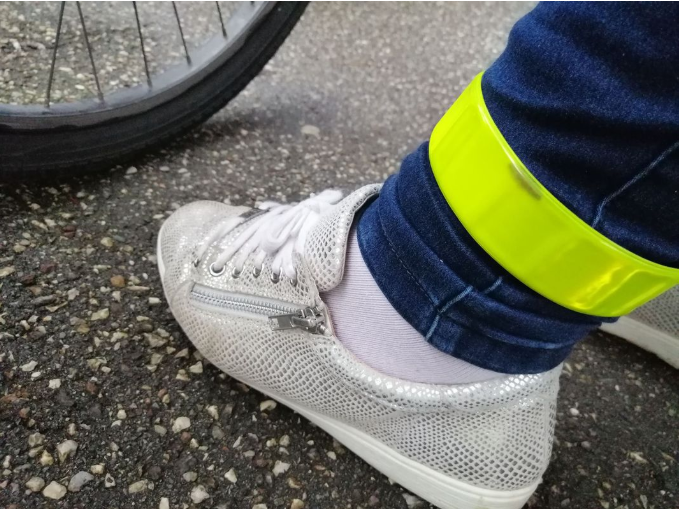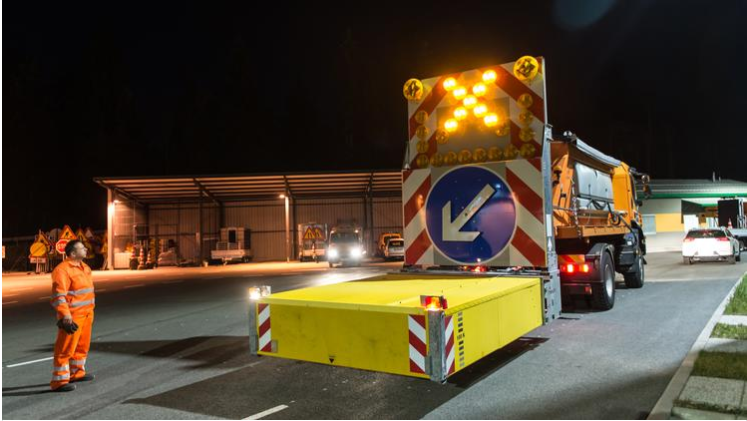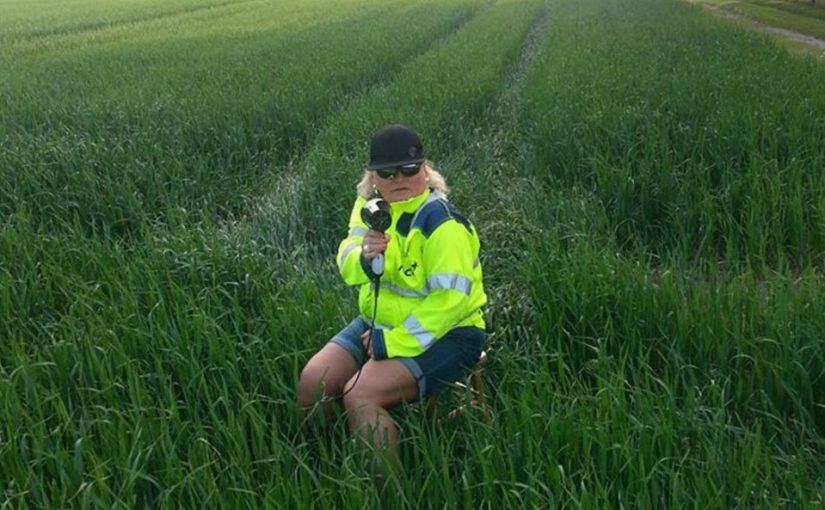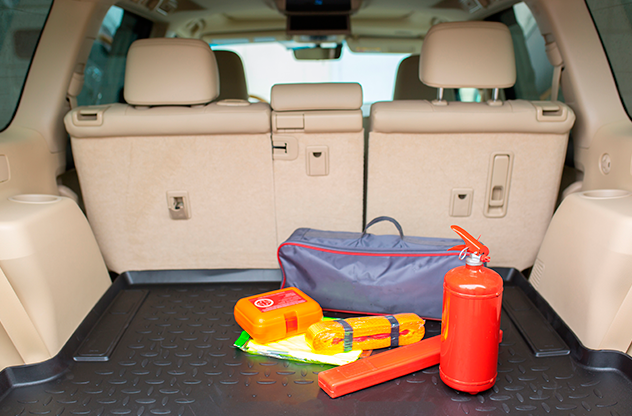“Looking over the years, pedestrian safety has improved significantly, which is undoubtedly the result of working together and the right strategy in this area,” Vesna Marinko, v. d. Director of the Agency for Traffic Safety, where they are currently working to improve pedestrian safety as part of national preventive action.
The Be Visible – Be Careful campaign will last until October 13, 2019. The campaign seeks to draw attention to the safety of pedestrians who are among the most vulnerable road users, with a focus on the safety of children and older road users.
Progress in all areas
“Pedestrian safety and traffic accidents are affected by various factors. Both vehicles and infrastructure, as well as human behavior and behavior in traffic. Looking at vehicles alone, there has been a lot of progress in recent years. We know different pedestrian detection systems, dead than freight. vehicles, not least the entire automotive industry is mainly trying to design the front of the vehicle differently,” Marinko says.
While car manufacturing and infrastructure require the participation of the masses, there is much that pedestrians can do for their safety.
Be tolerant
The AVP emphasizes the need to respect the rules of the road and, of course, the need for tolerance among all road users. It should be borne in mind that there are different groups of pedestrians on pedestrian surfaces, like children, the elderly, we also have differently impaired people, so such persons also need special attention.
Pedestrian safety is becoming especially important in the coming months. The visibility is lower, the days are shorter and the roads are much more slippery.
Pedestrian-related topic
In 2019, as many as 9 of the 11 pedestrian deaths died in the dark part of the day. Data for the five years (2014–2018) show, however, that about two-thirds of pedestrians (47 of 75 pedestrian deaths, or 63%) die in the dark part of the day when visibility is impaired. None of the pedestrian deaths in 2014 had a reflective body.
A pilot pedestrian observation was carried out at AVP is 2017, and the results showed that the proportion of use of different reflectors was extremely low – only 1.2% of pedestrians had a firefox or reflective tape, 4.2% of other reflective materials, as much as 93% of pedestrians did not use any reflector. Therefore, 16,000 reflecting bodies will be distributed during the national preventive action.
Wear fireflies
“Therefore, as the Traffic Safety Agency emphasizes in all preventive actions, the pedestrian visibility must be kept in mind. We have distributed over two million fireflies in Slovenia, which means that every Slovenian could have one firefighter by now,” adds Marinkova.
Modern times, however, put pedestrian safety at stake. Pedestrians using a mobile phone pose the greatest danger when writing text messages or posting on social networks. This is extremely dangerous when walking or crossing the road.
AVP has been told that cell phones are distracting from traffic. According to research, pedestrian reactions are reduced by as much as 60%.
Pedestrian-friendly e-scissors
They are also highlighting new forms of e-mobility, such as e-scooters and similar forms of special means of transport, which are increasingly occupying pedestrian areas. Therefore, the Agency has already proposed updating the legislation.
“The problem with electric scooters, however, is certainly their speed and their quietness,” Marinko replies to the topic Automotive.
This should not in any way be a blow to the often slightly sublime behavior of pedestrians, but it is worth remembering once again the known fact. Marinko concludes that walking is the most natural form of exercise, is emission-free, and has many positive health effects: “25 minutes of walking a day brings seven years of quality life to an individual.”




